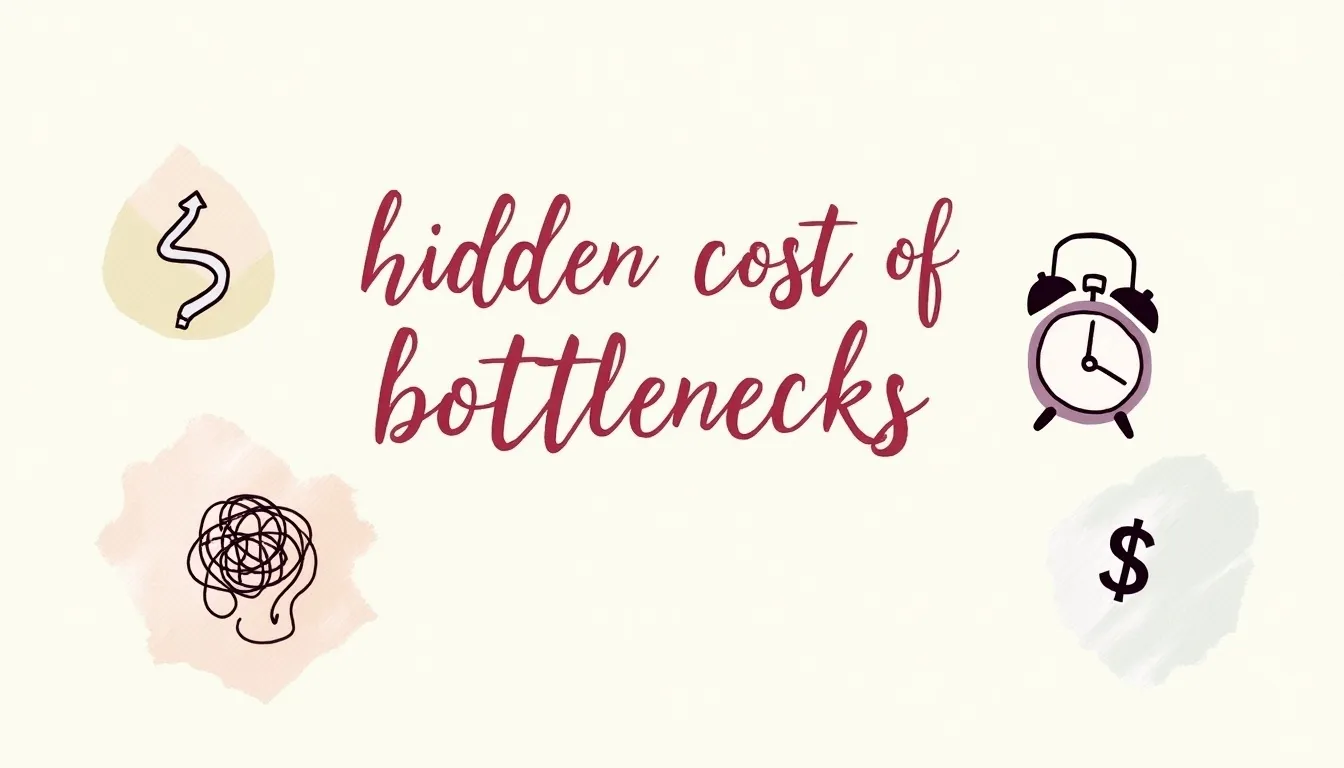Every company has a culture and design expectations. Here comes the challenge of getting there. When faced with the need for cultural change, leadership often fails to be effective because they miss the real challenge: you can’t design a culture directly.
Draftss has also helped its clients develop substantial e-commerce platforms with unlimited graphics designs, illustrations, WordPress, HTML, and more for building your website, brand, etc. You can check out our website at draftss.
Here’s what usually happens during a well-intentioned team revamp: A group of leaders gets into a room, creates a list of company values, and unveils them with posters on the wall. Then they wait. Or a company hires an executive from Apple because they want a culture like Apple’s, and then they hope the new hire will make it so.
But the culture rarely catches up to Apple or the posters. Why? Because the leaders are only setting a vision for their culture.
Vision setting is important, but it’s also the easy part. The hard part is changing the underlying organizational system so that desired behaviors emerge on their own.
In this article, we’ll take a closer look at how you can influence your culture and design expectations in a lasting, sustainable way, including 7 tips we’ve found to be most effective for leaders growing a small startup team or improving an existing culture.
Where do cultures really come from?
Culture is an observable set of behaviors that arise organically from interactions in a system. That system is your organization.
And while leaders cannot control the outcome (or culture), they do have the power to shape the system and the elements that constitute it. These include the physical environment, organizational structure (or lack of one), incentives, processes, tools, roles, and relationships.
Here are 7 tips to stay in the gardening mindset. This list is by no means exhaustive, but they’re tools I’ve seen to be effective time and again.

1. Nurture proactively and start small
Once someone proclaims you have a “culture problem,” you’ve probably got a multifaceted challenge ahead of you. If you proactively nurture before issues arise, and shape the way your organization behaves as a group, you have a much better chance of nudging things in the right direction.
2. Elevate value-aligned behaviors
While you’re pruning and changing elements of your system, you might identify existing behaviors that already align with your desired culture.
Simply provide positive reinforcement, which can be an incredibly powerful way to establish norms. Elevate and recognize ideal behaviors. Help people see new ways to achieve results. In an outcome-focused industry, take the time to emphasize the process and path taken.
3. Consider implicit and explicit incentives
Explicit incentives are the incentives we often focus on. They include contractual or monetary commitments, like your salary, equity, and other benefits. They also include role changes or promotions.
Implicit incentives are more difficult to see but are equally powerful. They include opportunities, enrichment, approval from founders, and social recognition (a common challenge with growing teams and first-time founders).
Startups I advise often tell me stories like this one, where a smart design leader has studied best practices and put great thought into shaping a nascent team:
It’s important to recognize the incentives that already exist in your organization — explicit and implicit alike — and proactively design the ones you think will have the desired outcomes. Then keep a close eye on how they drive behavior. Sometimes the best intentions to reward one-off behavior can send confusing or conflicting messages to your team.

4. Employ rituals as behavior change
Designing rituals is one of the best ways to introduce new behaviors, but more importantly, it creates a shared identity and keeps desired behaviors alive. Again, these rituals may seem small, but they matter and they certainly add up.
5. Utilize artifacts
Physical artifacts (and sometimes digital ones) can be great visual reminders of what organizations value and do together that drive great culture. I don’t need to elaborate much here because it’s done well across tech.
For example, Facebook created the Analog Research Lab, a physical space to make things with your hands. Pinterest and Airbnb focus on their office décor and literally design their values into the space and walls. And almost every startup puts posters around the office with snappy sayings about what the company does or believes. (Again, artifacts are important, but don’t stop there — they’re only one element of your system.)
6. Engage leadership in co-design
Get your leaders to buy into the idea that shaping culture is a worthwhile and time-consuming part of your role. And you should also collaborate with them on designing the elements in your system. If you do, they’re far more likely to commit to behavior changes when they understand the implications. To invoke their participation.
The first (and likely most important) part of this is inviting them into the conversation and showing them how their actions impact others down the line. They don’t always see the challenges of teams “on the ground,” and need your help. They also want to see results, so position your culture-shaping activities as experiments with built-in ways to detect success. For instance, the first month of Pinterest Studio Nights had a great buzz and a long waitlist. People were excited, engaged, and asking for more. This engagement was our signal to leadership to keep investing.
You also must extend your efforts to parts of the system outside the design team, and engage cross-functional leaders. If you operate as a design silo, you won’t be successful. You have to look more broadly as a leader if you truly want to change the system.
7. Experiment with confidence
When you tweak an element in your organization, you can’t predict how it will affect the larger system. Don’t let this deter you. Move forward with intentional changes, and just make sure to observe, experiment, and iterate.
Conclusion
Culture and design expectations may not always be perfect the first time around, but eventually, you’ll get to a good place. What emerges will be unique, contextual, and based on the elements that you designed, plus a bit of organic stuff you can’t control. But that’s pretty beautiful too, right?
You can try out draftss for an excellent experience and increase your product marketing. We provide premium quality services on unlimited graphic designs, WordPress, Webflow, HTML, Illustrations, Websites, Landing pages, Dashboards, App UI/UX, and many more. Here we provide our clients with 73+ types of design and code services.





















